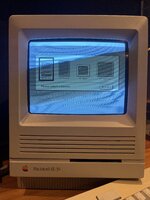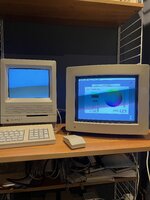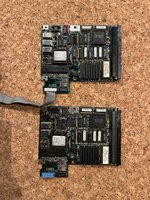Phipli
Well-known member
I feel it accelerates some, but not many primitives. I think it either accelerated rectangles, lines or both, when I tested on real hardware. It absolutely didn't accelerate rounded rectangles though!No, the 8*24 GC was the one using the AM29000 - I use a VexRiscv, a highly configurable RISC-V core. I don't think there's a recreation of the AM29K for FPGAs or otherwise, they were not used in any popular computer or game console that I know of. But I didn't check thoroughly for things other than 68K.
As far as i could tell from the available code, the Pickles only "accelerated" things like pan-and-scan - basically you just need to change the area of memory displayed on screen from a larger in-VRAM area. I didn't see any trap replacement or potential drawing code in the source code when I looked at it to figure out how to do the declaration rom (mostly the video drivers) and interfacing between ASM and C.
(the NuBusFPGA declaration rom is almost purely C, with just some data structures and stubs in ASM).
It's a few weeks since I ran the tests and I only saved a photo of the overall performance I think. I'll double check.



